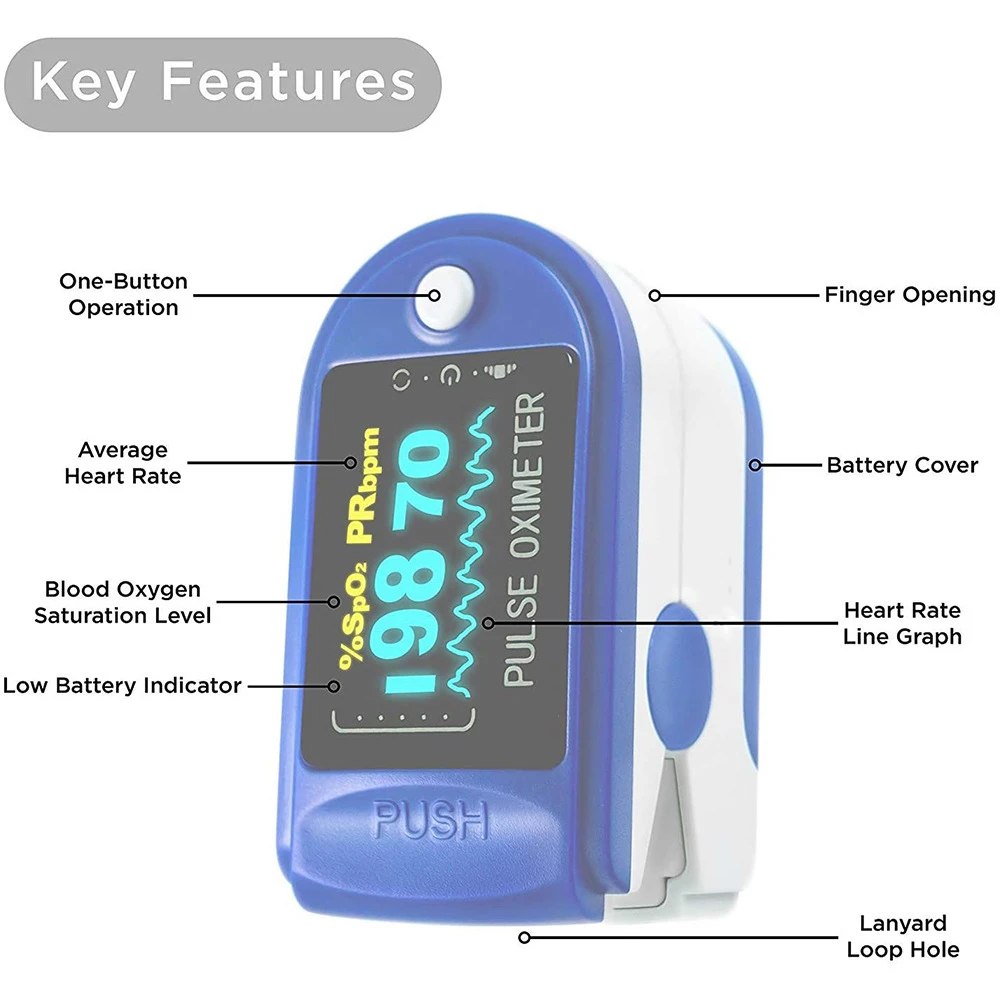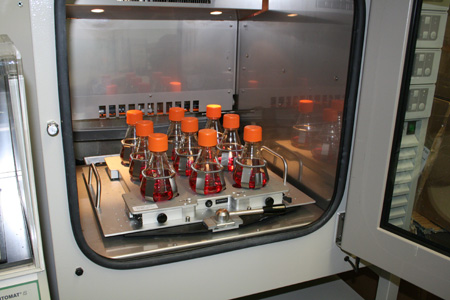A blood oxygen level test, also known as a blood gas analysis, measures the amount of oxygen and carbon dioxide in the blood. When you breathe, your lungs take in (inhale) oxygen and breathe out (exhale) carbon dioxide. If there is an imbalance in the oxygen and carbon dioxide levels in your blood, it can mean your lungs aren't working well. Oxygen Measurement in Natural Gas. Application Background Natural Gas Fuel is primarily methane. If it were pure methane, it would be very simple to transport and use. But it comes out of the well as a mixture of many different chemicals, many of which are considered contaminants in this fuel. After ‘sweetening’ (removing the acidic.

Welcome to OxySense®, the leading source of non-invasive oxygen measurement systems and permeation testing solutions for packers and processors worldwide. OxySenseoptical oxygen analyzers, oxygen permeation measurement/OTR system and oxygen measurement accessories serve the needs of packaging labs, packaging quality control labs, processors and packagers. The OxySense oxygen measurement system is unique not only for its ability to measure oxygen non-invasively, but also for its ability to measure oxygen in headspace as well as dissolved in liquids. It is an optical system that can measure oxygen concentration within packages that are transparent, semi-transparent, and translucent; and as long as the packaging material can transmit blue and red light (at approximately 470nm and 610nm respectively), oxygen measurements can be made. Our oxygen analyzers comply with the ASTM standard F2714-08.
Optical Oxygen Analyzers and Permeation Analyzers Capabilities Chart
Click on the link below to compare all oxygen analyzers and oxygen measurement systems. Decide which oxygen measurement system is right for you. For additional information e-mail us at info@oxysense.com
Get the Latest OxySense Oxygen Measurement Software

OxySense software updates/downloads for the Gen-III and Gen-II oxygen analyzers.
The Gen-III software supports the OxySense oxygen analyzers 310, 325i, 5000, 5250i and the portable oxygen analyzer.
The Gen-II software supports the OxySense 210T and 4000B oxygen analyzers.
When it comes to your blood oxygen level, a second-look can never hurt.
Let’s be frank: if you’re currently living with a chronic lung disease like chronic obstructive pulmonary disease (COPD), pulmonary fibrosis (PF) or emphysema, the maintenance of your health and symptom expression is generally your top priority. Often, this can mean a particular level of scrutiny in the foods you eat, the exercise you get, your exposure to cigarette smoke and other harmful airborne conditions, and the continual maintenance of your respiratory metrics, such as your PFT and blood oxygen levels.
Simply put, for those with lung disease, it’s not only incredibly important to monitor your health and make adjustments in your behavior when necessary, but for many, it’s a way of life. Your blood oxygen level is one of the most important metrics to measure; as it is a clear indicator of how well your body is distributing oxygen (more on that in a moment). Taking the time to determine your blood oxygen level and how it fits in with the national average can be a vital marker for the direction of your respiratory health.
With your health in mind, the Lung Health Institute is here to break down the things you need to know on your Blood Oxygen Level: Is My Oxygen Level Normal?
What is Your Blood Oxygen Level?

In the most basic terms, your blood oxygen level is the amount of oxygen in your blood. Sounds simple, right? However, the complexities of this measurement come into play when trying to increase this amount by doing more than taking deeper breaths. As you can imagine, the level of your blood oxygen is important for your general health. If your blood oxygen is too low—in comparison to the average blood oxygen level of a healthy adult—you may be hypoxemic.
Oxygen Measurement System
As is the case of most people with COPD, oxygen levels are below normal and hypoxemia can frequently occur over time. This means that your body has trouble nourishing your cells, tissues and organs. As your blood is the medium for getting oxygen (via red blood cells) throughout your body, poor circulation can produce the symptoms of chronic lung disease—namely shortness of breath.
Overall, this can reduce your quality of life, impair your skeletal muscle function, impair your exercise tolerance and increase your risk of death.
How is Your Blood Oxygen Level Measured?

A normal blood oxygen level typically ranges from 75 to 100 mm Hg. In the case of dangerously low blood oxygen, the level that requires supplemental oxygen is anything under 60.
The best way to monitor blood oxygen levels is through your arterial blood gasses (ABGs); however, this can be difficult to do at home. In place of using an ABG test, it’s more convenient to use a pulse oximeter, which measures oxygen saturation through a small clip on your finger. In the realm of oxygen saturation levels, normal is often considered anything between 95-100 percent.
Anything below 90 is usually considered low, therefore if you are below this metric, you should consider asking your doctor for a prescription for supplemental oxygen.
Oxygen Measurement
What Does My Blood Oxygen Level Mean for My Health?
Your blood oxygen levels have a direct effect on the expression of your symptoms. A low blood oxygen level can signify a lack of proper circulation or oxygen saturation within the body, which can ultimately result in a variety of conditions typically associated with chronic lung disease.

These may include:
- Confusion
- A sense of euphoria
- Restlessness
- Headaches
- Shortness of breath
- Rapid breathing
- Dizziness, lightheartedness and/or fainting spells
- Lack of coordination
- Rapid heart rate
- Elevated blood pressure
- Visual disturbances
- Bluish tint to lips, earlobes and/or nail beds
- Elevated red blood cell count or polycythemia
Oxygen Measurement Finger
What Can I Do Moving Forward?
Understanding your blood oxygen levels is a key step in learning how to measure your health. Whether it’s through measuring it yourself using a pulse oximeter, or having it properly tested through an ABG test with your primary physician, knowing the basic metrics of your respiratory health is critical to making the changes necessary to improve it.
Although the most important step in taking control of your health is to quit smoking, a close second is to address your general health through diet and exercise.
With these behavioral changes, it’s possible to greatly affect the pronouncement of symptoms for people with COPD, pulmonary fibrosis and emphysema. However, when lifestyle changes fail to improve your quality of life in the way that you may expect, it may be time to consider cellular therapy. Rather than addressing the symptoms of lung disease, cellular therapy may directly affect disease progression and may improve quality of life.
For more information on cellular therapy and what it could mean for your life moving forward, contact us today or call us at 888-745-6697. Our patient coordinators will walk you through our available treatment options, talk through your current health and medical history and determine a qualifying treatment plan that works best for you.
Oxygen Measurement Tool
Interested in our article on Blood Oxygen Level: Is My Oxygen Level Normal? Share your thoughts and comments below.
